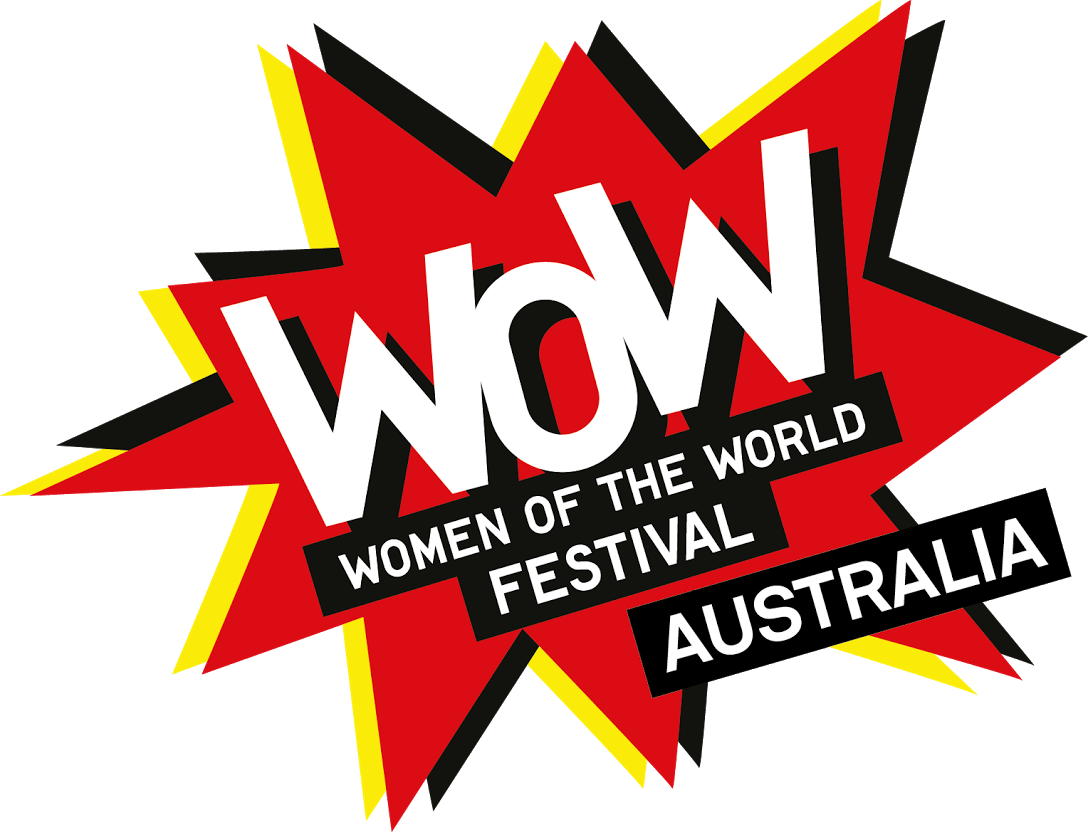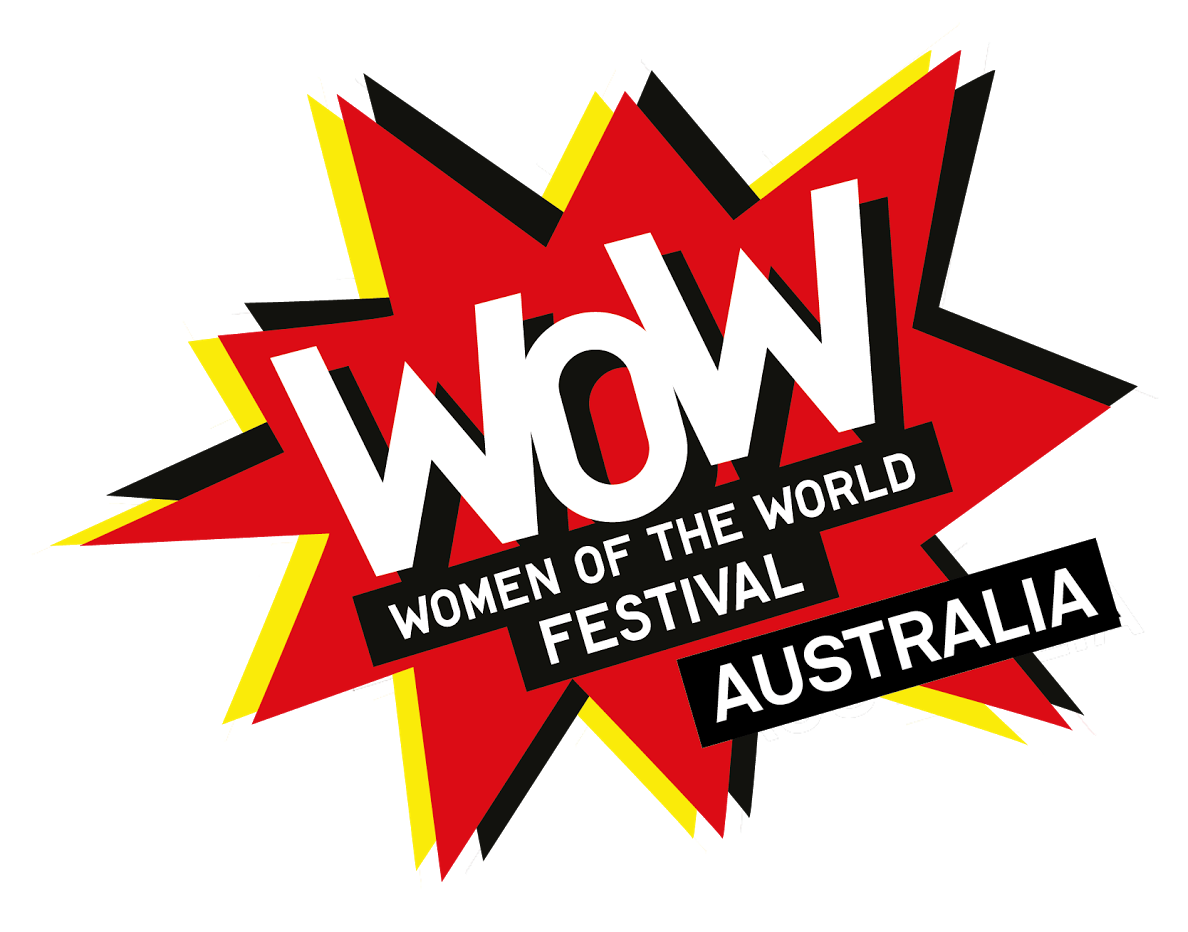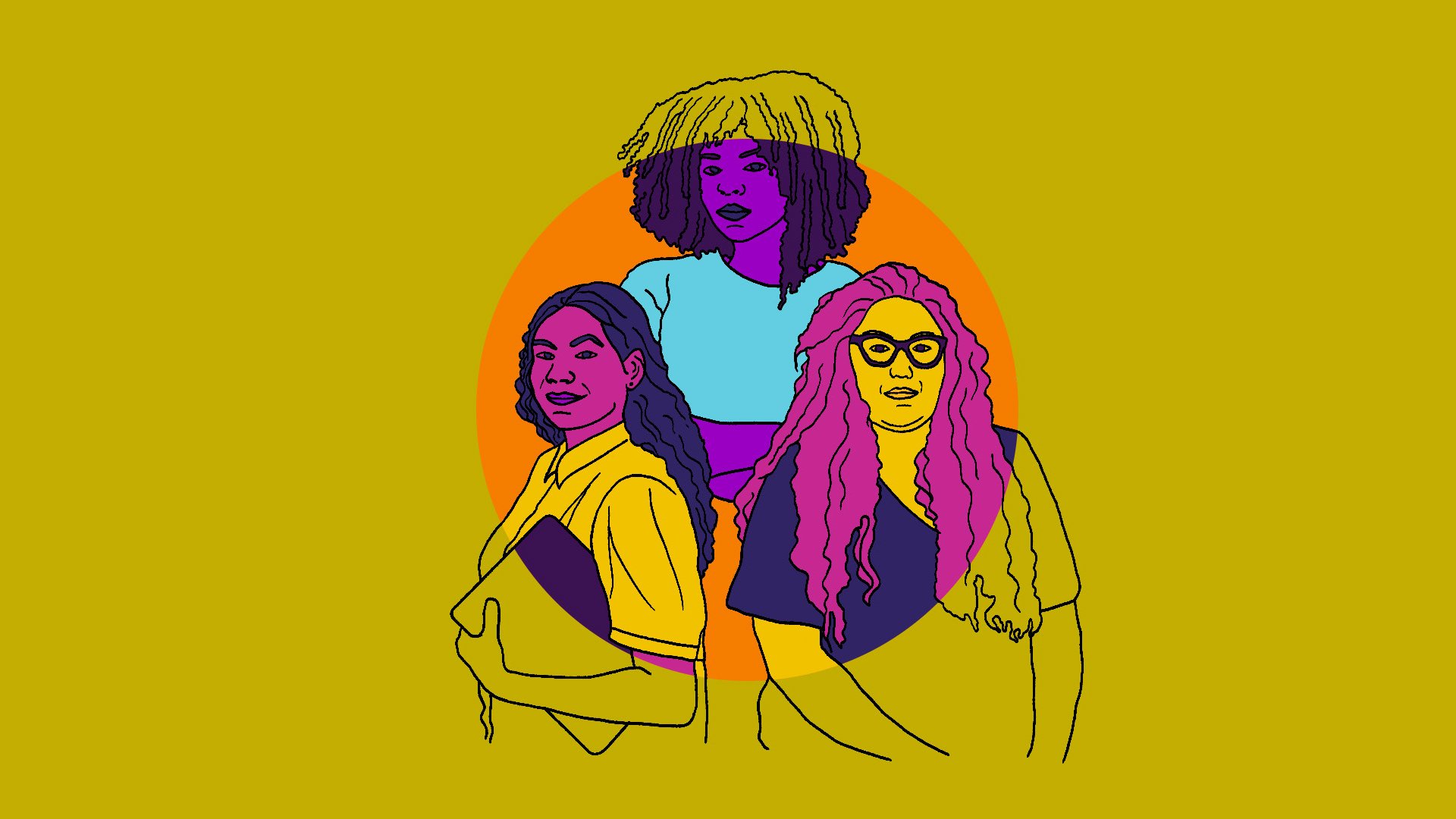Anne Tiernan: “Women and power and the mood for change.”
As speculation raged about whether and when Prime Minister Scott Morrison might ask the Governor-General to dissolve the parliament to allow a Federal election to be called, The Australian Financial Review published an interview with trailblazing feminist Wendy McCarthy, AO. McCarthy, whose contributions to women’s empowerment span five decades and multiple sectors, was asked about the high proportion of independent women candidates contesting the 2022 poll. She told Boss editor Sally Patten:
I think part of it is that women have just basically had enough. They’ve done all the things that good girls are meant to do. They’ve gone to school, and probably done postgraduate education, they’ve gone to work, they’ve helped their family. They’ve followed all the things that were supposed to deliver the prizes. And it turns out, the prizes seemed not to be available to us.
Drawing parallels with the mood for change that characterised the 1972 “It’s Time” election that brought Gough Whitlam to power, McCarthy observed, ‘I feel there is a huge opportunity for change and I think women will lead that conversation.’
The election, now confirmed for 21 May, is one of the most consequential in decades. Scott Morrison used the opening press conference of his official campaign to declare that the election is ‘a choice’. Opposition Leader Anthony Albanese said it would determine whether Australians can come together to build a better future.
The lines are drawn on the issues the respective parties will campaign on, but this election is also a referendum on the status of women in Australia. It will be a judgment on how much we value those who turned up to care during COVID-19 – at home, in their families and communities, as well as in the underpaid, precarious, often dangerous, but essential sectors of our nation’s economy where women predominate. Its outcome will set the irreversible course for the kind of Australia that emerges post-pandemic, and for how the risks and benefits of the dramatically accelerating transition towards a low carbon economy are distributed and shared.
Women, children, young people and those in insecure work have borne the brunt of COVID-19’s economic effects and its opportunity costs, both now and into the future. Moreover, as women know from lived experience, the pandemic exposed the entrenched and gendered gaps of income, wealth, safety, opportunity and justice that persist despite decades of activism.
In an address to the National Press Club on 24 November 2021, President of Chief Executive Women Sam Mostyn, AO argued that care and economic performance are inextricably linked and provide the foundations for Australia’s future prosperity. She outlined a powerful case for ‘significant and innovative investments in social infrastructure, in people and in care’. This includes ‘accessible early childhood education and care, government leadership on paid parental leave and superannuation’ and ‘secure well-paid jobs and careers in the care industries’ as well as ‘respect at work for all’.
The tumult and outrage of 2021 that sparked women’s marches across the country is seen by some as a reckoning. Perhaps it was a prelude. 2022 presents an historic opportunity for Australia’s women to shape a different, more inclusive future at the ballot box. They will do this in unprecedented numbers as candidates in the Senate and the House of Representatives, as campaign volunteers and as advocates for long-term reforms needed to achieve women’s participation, opportunity and wellbeing that Sam Mostyn and others have outlined.
Attention has focused on the emergence of a cadre of experienced, professional, centrist women, who have nominated to become independent candidates with local community support. Community independents – many of whom have taken inspiration from the ‘Voices of’ campaign that saw Cathy McGowan elected as independent Member for the previously safe Liberal seat of Indi at the 2013 election, and again in 2016 – will contest more than 20 seats (the exact number won’t be known until nominations close on 21 April). They hope to join a crossbench that already includes six independents, including Helen Haines (Indi, VIC), Rebekha Sharkie (Mayo, SA) and Zali Steggall, who defeated Tony Abbott to become Member for Warringah (NSW) in 2019; all of whom (except Liberal defector, now United Australia Party leader Craig Kelly) are expected to retain their seats.
Several high-profile women candidates are challenging sitting Liberal members in seats like North Sydney and Wentworth in NSW, Kooyong and Goldstein in Victoria, and Curtin in Western Australia. Their grassroots campaigns, which focus on integrity, climate action and gender equality, have galvanised local energy and interest from people seeking an alternative to the major parties, many of whom have never engaged politically. They have attracted significant funding – including from Climate 200 and volunteer support.
This year’s cohort of independents is overwhelmingly female. Most are first-time candidates whose motivation to stand is borne of frustration – from a sense that politics is broken; that the political parties have become dangerously out of touch with, and are failing to respond to the issues that concern local communities. This is partly a consequence of the ways that factionalism and party discipline constrain local representatives, but it also reflects the impediments that a more partisan, tribal and professionalised politics poses to fresh and progressive female talent.
Moderates like Allegra Spender and Kate Chaney, who are running as independents in Wentworth and Curtin respectively, are a case in point. Both have strong Liberal Party backgrounds, but found that the party that was once their natural home, no longer reflects their values. And moreover, that the toxic culture of the Parliament, exposed in the scandals that catalysed the March4Justice and detailed in Sex Discrimination Commissioner Kate Jenkins’ Set the Standard Report into Commonwealth Parliamentary Workplaces, requires a fundamental reset.
It is no accident that many of the so-called ‘teal independents’ come from the professions and from business – places where respect and diversity are not seen as ‘nice to have’, but as imperatives that are intimately connected to better outcomes, including accountability for performance. Already their candidacies are generating competitive tensions that have produced some unexpected results. Just last week Prime Minister Scott Morrison defended his controversial intervention in preselection contests in NSW, arguing it was motivated by to ‘stand up for the women in my team’.
How might the election of a greater number of independent women to the Federal Parliament impact Australian politics? In her 2017 book Women and Power: A Manifesto, Mary Beard, Professor of Classics at the University of Cambridge describes the ‘deep cultural structures legitimating women’s exclusion’ from power. She argues the need to be ‘more reflective about what power is, what it is for, and how it is measured’:
That means thinking about power differently. It means decoupling it from public prestige. It means thinking collaboratively about the power of followers not just of leaders. It means, above all, thinking about power as an attribute or even a verb (‘to power’), not a possession.
What I have in mind is the ability to be effective, to make a difference in the world, and the right to be taken seriously, together, as much as individually. It is power in that sense that many people feel they don’t have – and that they want. [1]
Similar sentiments have mobilised the current crop of community independents, who commit to representing and being accountable to their communities, not their Leader’s office. And this collective, more engaged emphasis explains the optimism and fun these local campaigns have generated. Whatever the outcome on 21 May, our politics can only be strengthened and enhanced by greater numbers of Australians engaging directly and actively in the democratic process. Here’s hoping Australian women seize their opportunity to participate and embrace Wendy McCarthy’s invitation to lead the conversations they consider essential to our nation’s future.
Anne will facilitate ‘Women & Power’ on Wednesday 27 April, the first of our Conversations Series, ‘Making it Matter’.
[1] Beard, Mary (2017) Women and Power: A Manifesto. London: W.W. Norton & Co Ltd.
Cover image: Michael Currie/Speed Media/REX/Shutterstock. Image in article: GETTY Images.
Anne Tiernan
Professor Anne Tiernan is a leading Australian scholar in public policy, with over a decade of prior experience in public administration and consultancy. Her career spans higher education, federal and state government, consultancy and teaching. Anne is respected for her independent, research-informed analysis and commentary on national politics, public administration and public policy.
Now Managing Director of mission-led consultancy firm Constellation Impact Advisory, Anne consults regularly to organisations committed to purpose and positive impact.
Twitter: @AMTiernan













